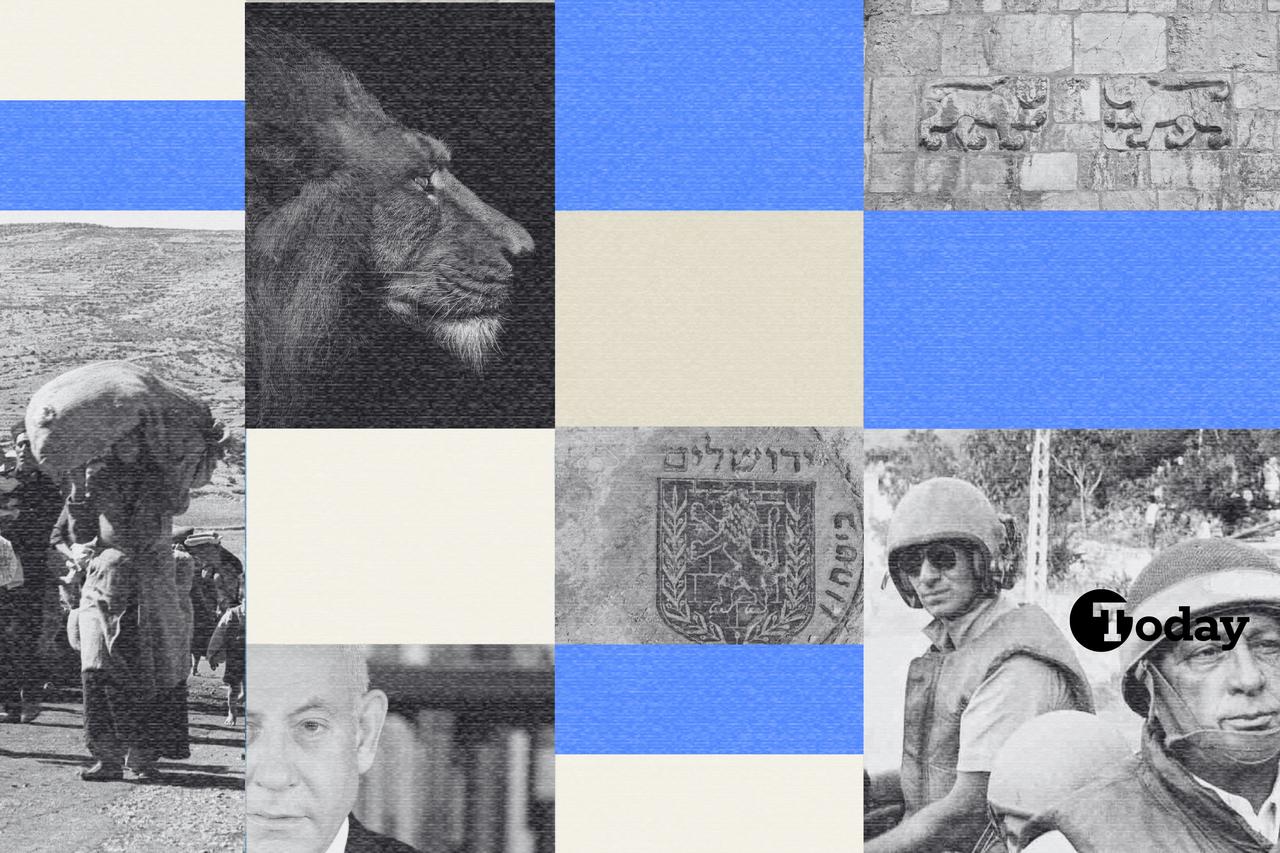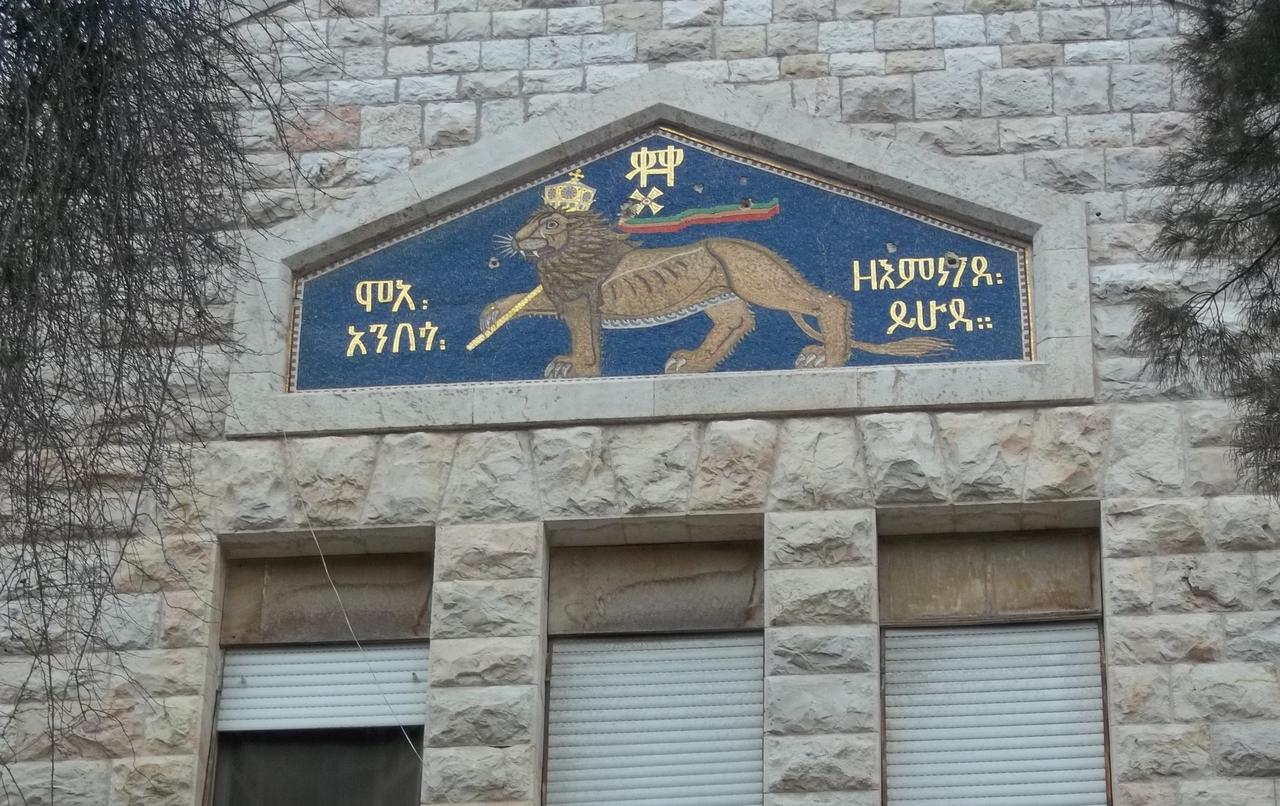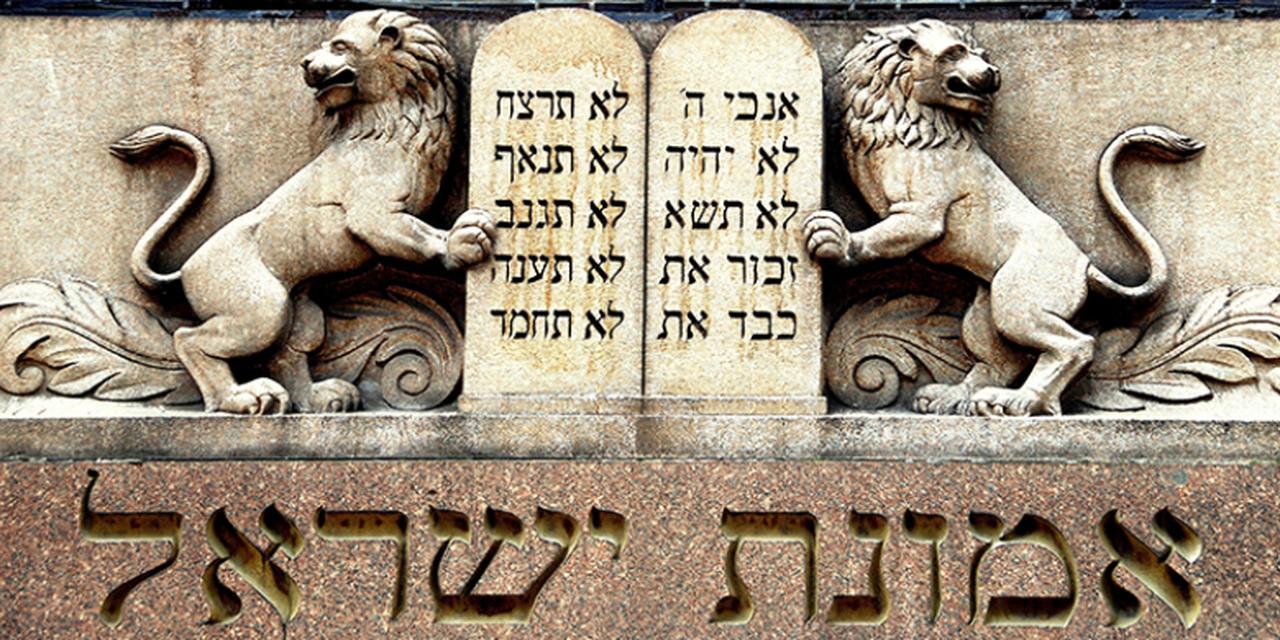
As Israeli warplanes attack through Iranian skies in the early hours of Friday under Operation Rising Lion, a symbolic question emerges alongside the smoldering wreckage: Why does Israel lean so heavily on the imagery of the Lion of Judah, a biblical symbol, to justify contemporary military action?
Named Operation Rising Lion, the campaign marks a dangerous escalation in the long-running shadow war between Tel Aviv and Tehran. Analysts warn it pushes the region closer to full-scale conflict.
But beyond military maneuvers, Israel’s decision to brand the operation with biblical imagery reveals a deeper, ideological weapon: history.

Historically, the Lion of Judah (Hebrew: Aryeh Yehudah) symbolized the tribe of Judah, later associated with the Kingdom of Israel and Jewish identity. However, Israel’s frequent use of the lion in state symbolism—including on Jerusalem’s municipal flag and national emblems—has drawn criticism for appropriating religious and historical imagery to justify state actions that violate international norms.
The lion is prominently associated with strength, kingship, and divine approval—values that the Israeli state projects through both its military posture and national narrative. “By branding its latest assault Operation Rising Lion, Israel is not just invoking ancient heritage, it is reinforcing a sense of impunity,” said a political analyst, referring to what he described as Israel’s “symbolic militarism.”
Though deeply embedded in Jewish tradition, the Lion of Judah has also been embraced by other faiths and cultures, including Christianity and the Rastafarian movement. However, unlike these spiritual interpretations, Israel’s deployment of the symbol increasingly aligns with territorial aggression rather than religious meaning.
Critics argue that the continued use of religious symbols in military contexts devalues their original spiritual significance and serves to mask the brutal realities of occupation. “When a state uses sacred imagery to defend its violations of international law, it becomes propaganda, not heritage,” said an international law expert.

The lion has also found global resonance—from Ethiopian imperial dynasties that claimed Solomonic descent to Rastafarian movements that viewed Emperor Haile Selassie as divine.
Yet nowhere is the lion more politicized than in contemporary Israel, where it anchors an identity that is as much about conquest as it is about culture.
Historians note that the Ten Lost Tribes, including the tribe of Judah, vanished after exile and war. What remains, they argue, is a reimagined past used to sanctify land grabs and silence dissent.
Palestinian voices stress that such symbolism cannot erase the material consequences of occupation. The ongoing bombardments in Gaza, the annexation of Palestinian land, and settlement expansion are concrete policies, not spiritual missions.
“In our context, the lion doesn’t mean strength or holiness,” said Ramallah-based activist. “It means warplanes, demolitions, and displacement.”

Analysts warn that embedding mythological or biblical references in state operations distracts global attention from human rights abuses and undermines diplomatic accountability. “This is not a holy war. It’s a geopolitical conflict wrapped in the garb of ancient symbolism,” said an analyst.
According to experts, rather than fortifying legitimacy, such strategies risk alienating communities worldwide who see the tactic as manipulative and colonial in nature.